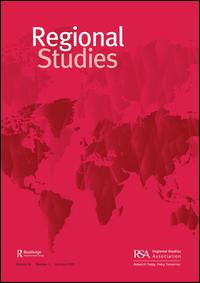Dr Alexander Kubis

Current Position
since 7/12
Research Affiliate
Halle Institute for Economic Research (IWH) – Member of the Leibniz Association
since 3/11
Researcher
Institute for Employment Research (IAB) Nuremberg
Research Interests
- regional economics
- labour economics
- human capital








